In-line color measurement in food extrusion
INTRODUCTION
Many food products are manufactured using extruders. Cereals, breads, pasta, baby, and pet food are some examples (Fig. 1).
The extruder consists of a long barrel with a mixing screw that efficiently mixes and cooks the raw ingredients and brings them to a near final or final product. Measurements of color, residence time, and product distribution are important indicators of the extruded products quality.
The EquiSpec In-Line Process Spectrophotometer (IPS) (Fig. 2) consists of an analyzer, probe(s) and software. The analyzer uses a research grade CCD for higher resolution and faster processing time. Equitech’s fiber-optic probes illuminate the sample and transport the signal back to the analyzer.
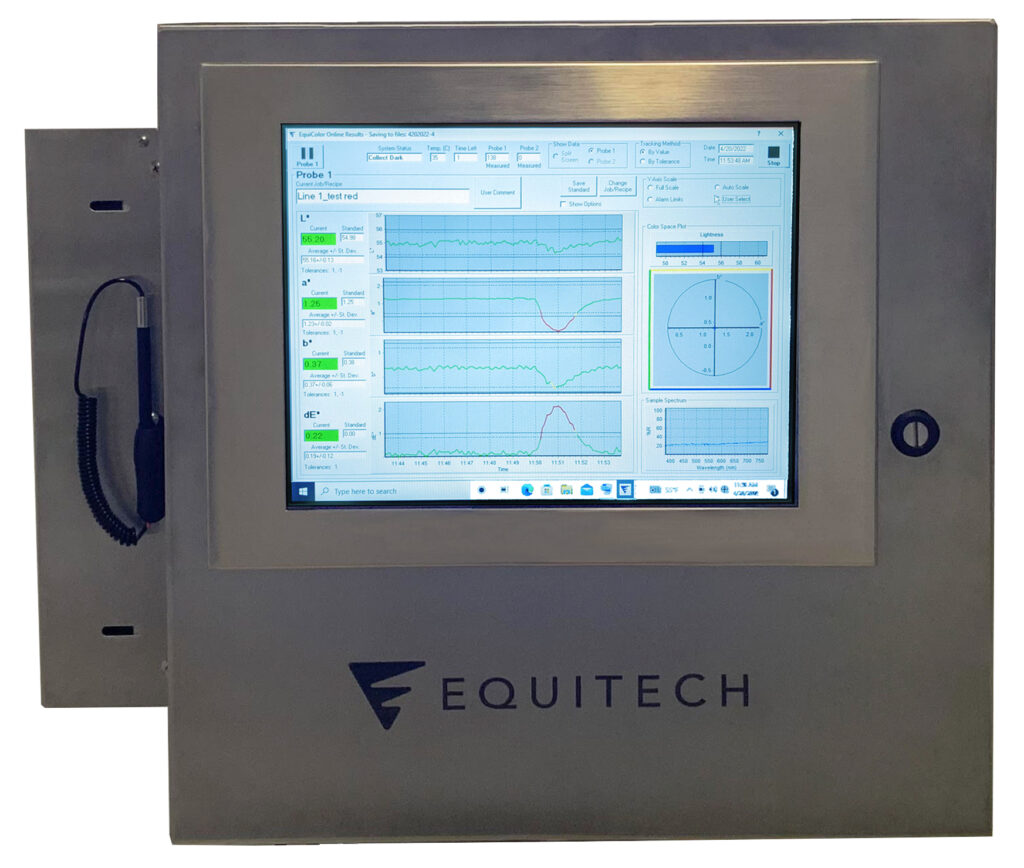
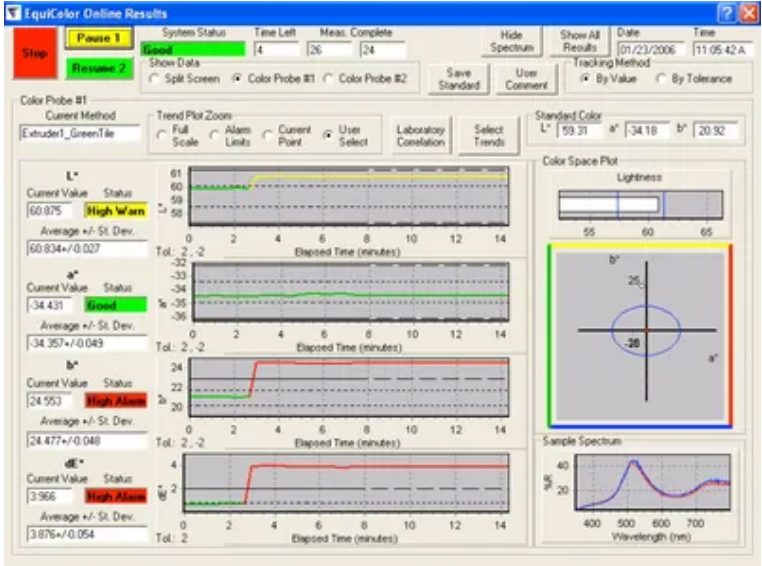
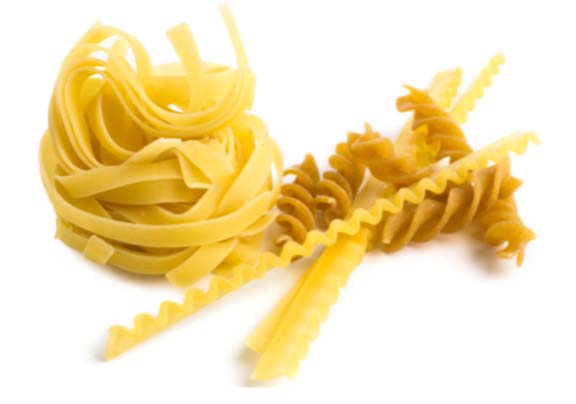
The spectrophotometer is integrated in a NEMA4 box with an industrial computer and touch screen. The spectral range is 380-780 nm (resolution 1 nm). The system is designed and equipped specifically for use in the production environment where the ambient conditions can be dusty, vary in temperature, be subject to vibration, etc. The box also contains a thermoelectric cooling and heating device to eliminate the influences from ambient conditions by keeping the temperature inside the box constant.
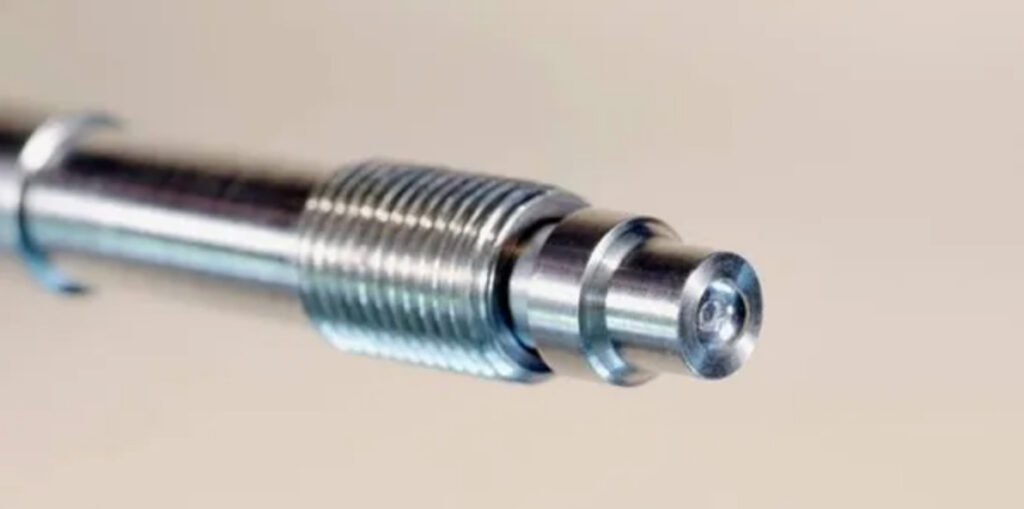
The IPS is triggered for measurement every 1 to 30 seconds allowing for 100% inspection of the food extrudate. The calibration of the spectrophotometer is explicitly designed for the operation’s demand and can be done without interruption of the production process.
Illumination of the food through the sapphire window is achieved by six (6) circumferentially positioned glass fibers that convey the light of a xenon flash lamp. The reflection from the illuminated surface is detected by one center-positioned optical fiber. The spectrophotometer then interprets this reflected light. Color values such as L*, a*, b*, and others are calculated from this spectral curve and displayed as trend charts in EquiColor (Fig. 4).
OFF-LINE VS. CONTINUOUS MEASUREMENT
The typical procedure for off-line measurements:
- Manually take a sample from the process
- Send/take the sample to the laboratory
- Perform ‘off-line’ measurements in the lab
- Report the results to the production department
- Decide on a process adjustment
- Repeat the above five (5) steps if necessary
The delay between sampling and obtaining the results from the laboratory can be time-consuming. A significant disadvantage is that only a single measurement is generated in this time, and the quality of the color before and after the sampling point is unknown.
USER BENEFITS
- Real-time information about process stability & quality
- Impact of speed changes on the quality of the extrusion
- Controlled color changes: start phase, end of a run
- Avoid off-specification batches & waste production
- Detection of dosage elevations
- Optimized recipe formulation & process design
With the in-line measurements taking place directly in the food, not only is complete documentation possible, and immediate intervention can occur when color variations occur. In addition, this method eliminates many steps of the offline method, and the measured results are available in real-time.
Continuous real-time measurement allows for confirmation to the operator that the extruded food has a consistent color that indicates that the product has been properly mixed and cooked. Also, with the Equitech measurement, residence time (how long the food has been in the extruder) can be determined.
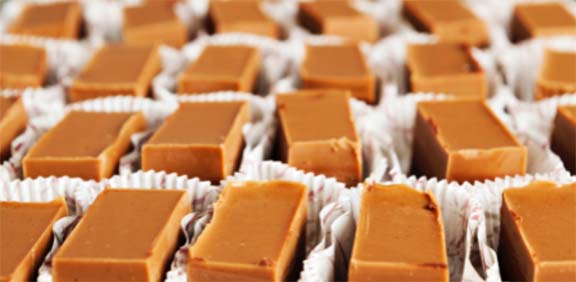
CONTACT US
Equitech Int’l Corporation
7711 Idlewild Road
Indian Trail, NC 28079
Tel (704) 882-4624
info@equitechintl.com
equitechintl.com
